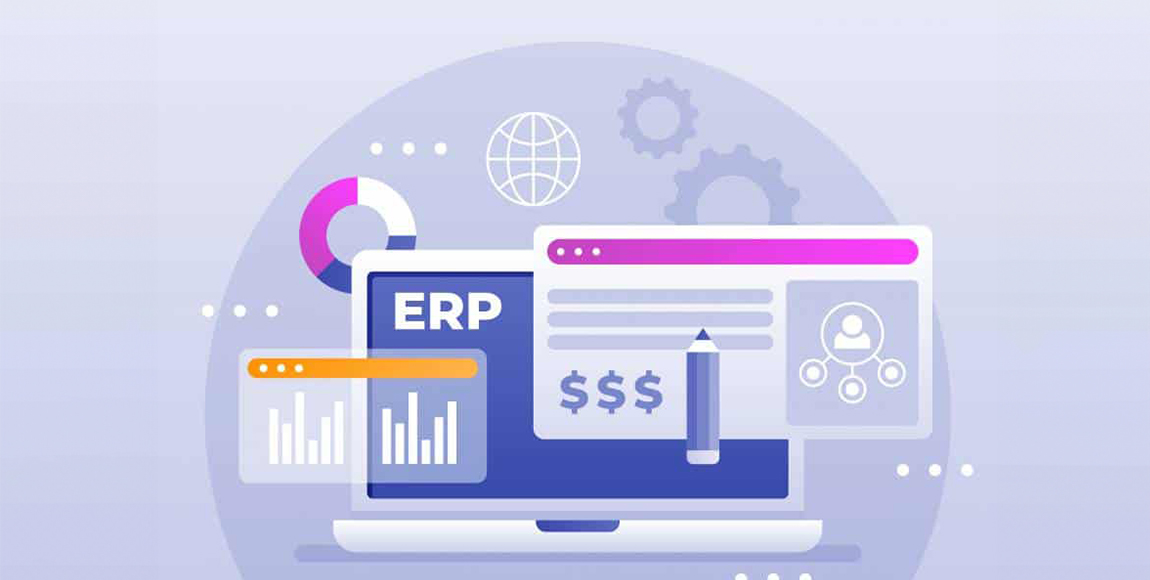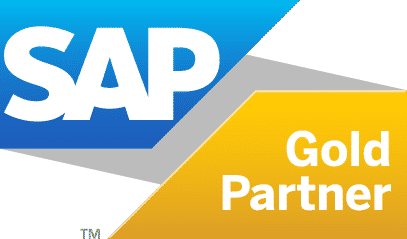
The interconnectedness, complexity, and collaborative nature of the construction industry’s supply chains and workforce affect the cost and schedule of infrastructure projects. The Covid-19 crisis has got amplified, as the industry faces disruption from every possible angle. Demand is considerably less, supply chains have been disrupted and there are huge operational restrictions. Supply chain interruptions such as restrictions on the movement of the material and manpower will likely continue, affecting the availability of parts and equipment, and eventually impact project financials and even the viability of the project.
In this kind of scenario, an ERP solution can help in automating the business processes such as supply chain, contracting, and financial management processes. An ERP software can also help in ensuring adherence to internal controls, gaining real-time visibility into operations through better reporting, and saving money through better use of technology.
Some of the key benefits that ERP automation can provide businesses in the context of the Covid 19 pandemic include:
#1 Meet Compliance Standards
ERP solutions allow companies to meet industry best practices — such as single sign-on and two-factor authentication — and remain compliant with General Data Protection Regulations (GDPR), Financial Conduct Authority (FCA), and data security standards. These verifications are increasingly important because fraud and cyberattacks typically increase during times of economic uncertainty.
#2 Consolidate IT Systems & Processes
ERP can help in consolidating the number of systems IT needs to support and establish up-to-the-minute reporting, even while employees work from many different locations, helping IT support ensures users can work effectively.
This will allow employees to spend more time on their specific roles and tasks; and less time navigating separate software systems for operations, accounting, and customer relationships because they’re all combined into a single platform. Ultimately, a reduction in the needed systems and the automation of key processes into a single system can lead to reductions in operational errors and inefficiencies that cause issues including workflow bottlenecks, employee productivity barriers, and customer service breakdowns
#3 Access Intelligent Financial Data in Real-Time
Through leveraging the automation possible in ERP systems, companies can gain clear, relevant, real-time access to metrics and reports that are key to your organization. A modern ERP platform’s reporting and dashboards allow multiple users to review their financial data continuously through:
• A single shared database • Role-specific real-time reports • insight into key performance indicators (KPIs) • Ability to view summary information and drill down to transaction-level data in a few clicks
These capabilities allow teams to reduce the amount of time spent preparing and auditing data, while helping them access accurate analytical reports, forecast financial health, identify trends, and make informed decisions more cost-effectively. This is especially important for companies that are adjusting to new working structures, such as a new remote working environment, or operating with fewer personnel.
#4 Project schedule management
In the face of Covid-19’s impact on capital projects and construction programs, here are important actions that owners, contractors, subcontractors, and suppliers can take to improve control of their construction programs and be better positioned when the pandemic subsides.
A project management solution can ensure the following key benefits:
(a) Project Planning and Management: Currently, there are varying guidelines, orders, and self-imposed restrictions on the planning, design, and management of some construction projects. The project management system will ensure the following benefits:
- Proactive development of a mitigation plan for potential slowdowns, shutdowns, and project restarts
- Review projects to identify what work may need to be mothballed and how to strategically do so
- Assess what services can be continued off-site to limit schedule delays
- Focus on design and shoring up contracts to limit risks associated with uncertain schedules and be positioned for efficient remobilization once restrictions are eased
- Develop project startup plan before slow or shut down, documenting work that has been completed and remains to be completed. The startup plan will carry forward the project strategy and serve as the basis for planning the rest of the project when the project restarts
(b) Resource Planning: The solution will allow the organization to:
- Revisit resource plans across project stakeholders (owner, project manager, architect, engineer, contractor, a subcontractor) and identify current key resources as well as those required for the duration of the project — through planning, design, and management.
- Obtain updated project organizational charts and track work situations of resources on a regular basis. Increased absenteeism of resources due to sickness, the need to care for others, or restrictions on travel may impact project efficiency. Understand resourcing trends on a real-time basis to be able to forecast changes to productivity compared to the plan.
- Retain records of the resource plan updates for the duration of the project. Prepare for efficiency impacts if stakeholders have to bring in new crews or personnel to backfill or to restart work after a shutdown.
(c) Job site: The project management will allow the organization:
- To revisit job site rules to understand changes that need to be implemented in response to COVID-19 guidance
- Assess the cost impacts of enhanced cleaning, reduced workforce, and other modifications. Understand the potential new liabilities presented by an active job site in the midst of the pandemic
(d) Risk Analysis By using the project management system the organization can:
- Refresh project risk registers
- Consider different scenarios for how projects may play out across planning, design, and management.
- Include market factors such as disruptions to the supply chain; potential insolvency and bankruptcy of suppliers, vendors, subcontractors, and contractors; and delays in obtaining permits.
- Assess the costs and benefits of project shutdowns versus slowdowns.
- Prioritize responses and mitigation activities based on the probability and impact of risks manifesting themselves.
- Revisit risk registers regularly and consider potential risks and mitigation steps broadly.
As one can see, using a robust ERP solution can help construction firms improve quality, expedite delivery, minimize losses, keep people safe, and increase the bottom line.
Highbar Technocrat is one of the leading end-to-end IT solution providers for the Infrastructure, EC&O, Real Estate, and Power sectors. They are SAP Gold partner and offer a wide bouquet of digitally integrated solutions ranging from implementing SAP-based ERP solutions like Rise with S/4HANA, Cloud-based solutions to 5D BIM for mega infra-projects, RPA & IoT solutions, and many more. With an in-depth understanding and core competence of the construction & infrastructure industry, Highbar is the perfect blend of domain knowledge in the infrastructure business with a team that is well equipped to understand and relate to the requirements of the sector.
To know more write us at enquiry@highbartech.com or call +91 89767 11399

Written by — Joydeep Banerjee, Head of Business Development, Highbar Technocrat Limited




